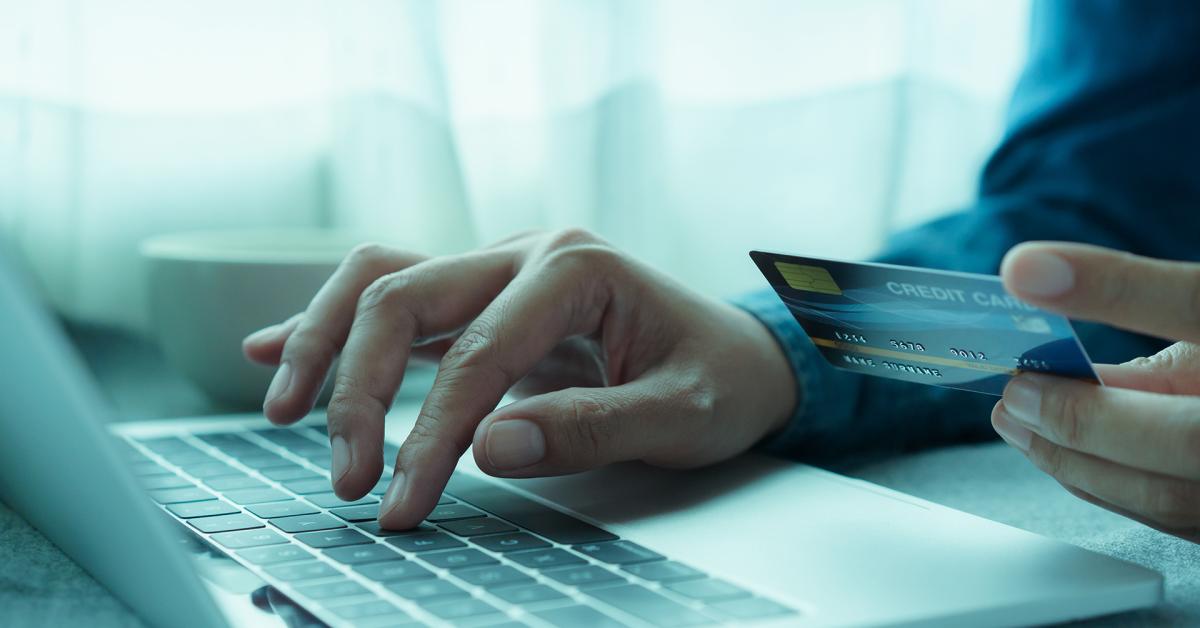CHICAGO — While cash is in no danger of becoming extinct any time soon, the flexibility of digital payments has coaxed many owners, including dry cleaners, to explore — or launch — a cashless business model.
In Part 1 of this series, we examined some reasons why going to a cashless model makes sense for some dry cleaners, and in Part 2 we looked at some benefits and security issues of such systems. In Part 3, we explored the savings — and the costs — of going to a touchless system, and today we’ll conclude this series by considering some of the mindset changes that make a digital payment model successful, as well as what the future might hold.
The Digital Payment Frontier
Brian Butler, president of Dublin Cleaners in Columbus, Ohio, has actually taken a step beyond the traditional cashless model and is also accepting cryptocurrency for his services.
“I was an investor myself, so I was learning about it,” he says. “I thought that, if this is important, we’re going to get a lot of action, and if it turns out not to be important, we might get some attention.”
Users wanting to use cryptocurrency can simply select it as a tender type in Dublin Cleaners’ pickup screen, where they’ll be taken to Coinbase Commerce to enter their credentials and proceed with their transaction.
So far, customers haven’t taken Butler up on this option — “The people who do own it see it as an equity more than a currency, I think,” he says, “so they just really aren’t spending it too much” — but his business is ready if paying with cryptocurrency becomes a more accepted practice.
Changing the Mindset
Butler notes that moving to digital payments might not be the best move for every business. Owners should do a thorough examination of their customers’ history and preferences before making the decision.
“I have a colleague in Akron, Ohio, about two hours from my location,” he says. “He claims that his cash sales are closer to 25%. I told him not to change a thing. His customers were telling him what payment type they wanted to use. If you put out all your options and that’s what they choose 25% of the time, don’t mess with it. Don’t follow me down this road.”
“As consumer habits change and evolve, merchants should be prepared to allow customers to pay with their preferred method, whatever that may be,” says Elizabeth Karl, vice president and global head, Payments Consulting, at American Express. “Consumers are also looking for the right balance of payment security and convenience. Help ensure your business and payment system is protected without creating too many barriers for your customers.”
Thinking through the entire process before entering customers into the mix is crucial for cashless success, says Rechelle Balanzat, CEO and founder of New York City’s JULIETTE.
“I think a lot of people already have this capability with some of the existing POS systems out there today,” she says. “Make sure that, once you go cashless, it fits with your current day-to-day operations, such as ensuring you have a way of capturing their credit card from the beginning. That’s the deal maker because once you have the credit card, you can keep doing business with the same client.”
Still, for all the advantages, Butler advises a “look before you leap” approach to going cashless. He cautions owners to take their time, communicate with their customers and, if possible, run a pilot program before taking it to all locations.
“I only know what went on in the north side of Columbus, Ohio,” he says, “and I think it will be different when you go other places. If your percentage of sales is substantial, it probably means that that’s a preferred method. If yours is 1.8%, like ours was, it doesn’t matter. Because ultimately, when we pulled the trigger, we asked, ‘What if every one of our cash customers quits?’ We would be down 1.8%. And further, we went through to see if we had any top-20-percentile people who were paying in cash — we had zero. Those are the clients you need to keep happy.”
For Part 1 of this series, click HERE. For Part 2, click HERE. For Part 3, click HERE.
Have a question or comment? E-mail our editor Dave Davis at [email protected].

